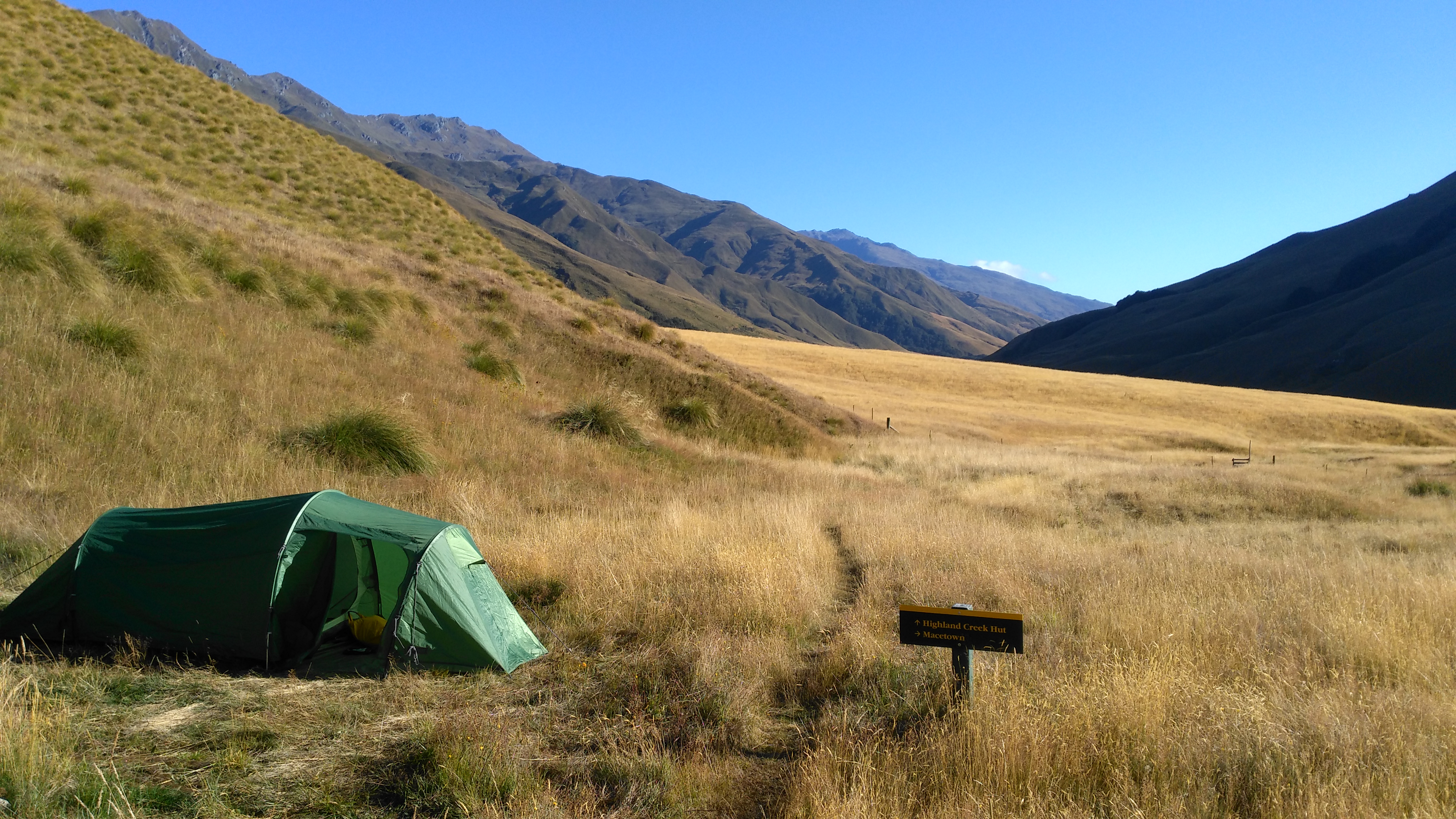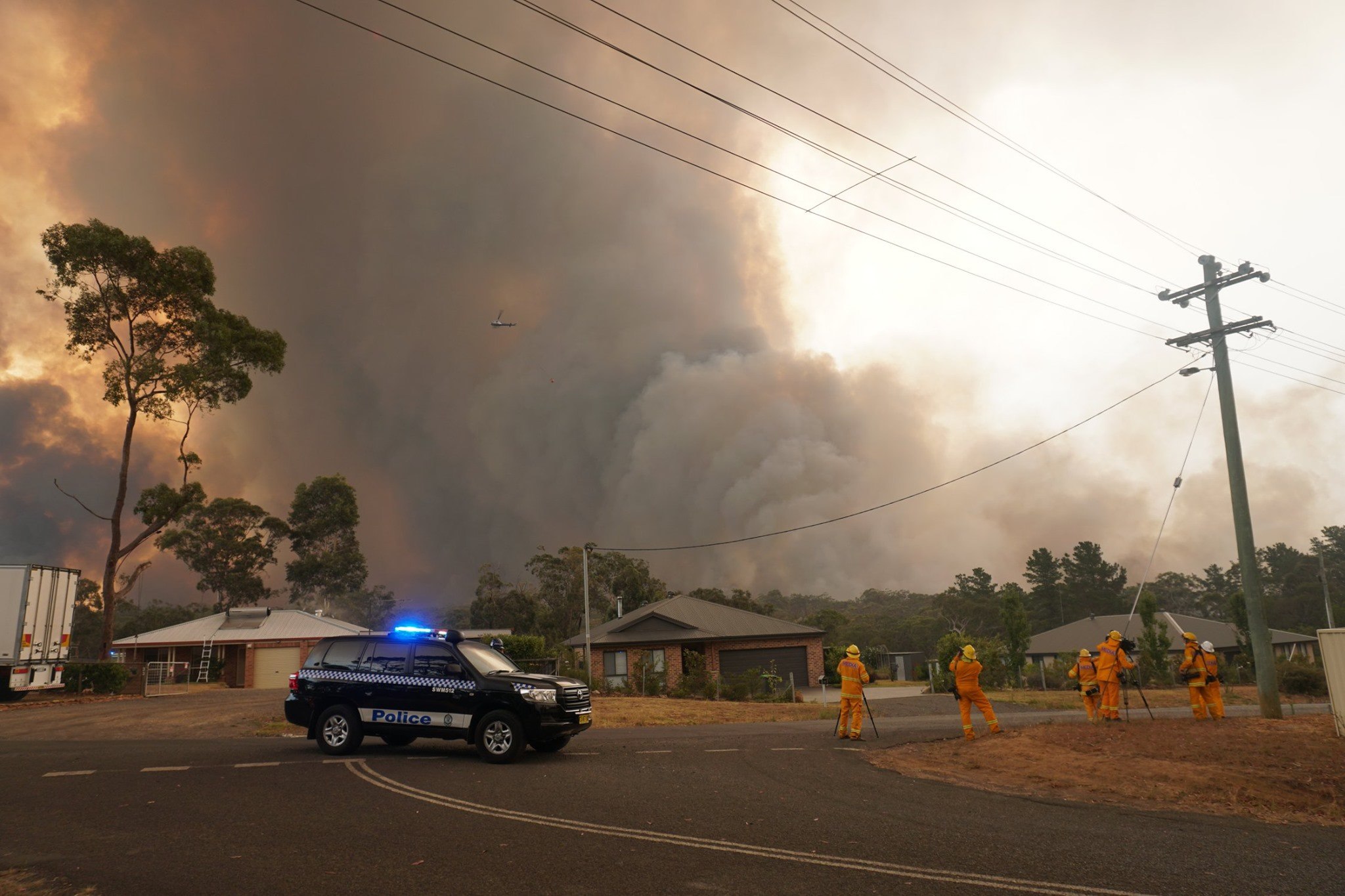
We are walking; the sun is slowly hiding behind the hill, and a never-ending trail is before us. We need to walk to the small village of Mercer on the main motorway, where we can stop for the night. The electronic GPS map indicates that we are on kilometre 2317; we still have two more to go this evening.
At first, we hiked along an overgrown and muddy river path. Then we climbed hills and crossed meadows where dangerous-looking bulls grazed, each of the paddocks surrounded by electric fences. It’s our second day in a row of marching an exhausting 40 kilometres through the Waikato region. In the twilight, with only a single torch between us, we climb up wooden stairs into an exotic forest, heading for the bald hill ahead of us. The trees above our heads are rustling, with furry creatures jumping between branches, possibly possums. It is the forest as described in Maori legends, where long lianas and epiphytes decorate the fern and kauri trees – endemic plants from the Jurassic period.
With relief, we come to an open clearing on the hill, from which there is a view of the bustling motorway. It has already become dark and we cannot make it to our destination tonight. In desperation, we pitch a tent next to a dirt road, not knowing whether or not permission is needed. We breathe with relief only when we are safely inside the tent, separated from New Zealand wilderness. The tent has been our home for four months; adrenaline is slowly falling. We wake up the next day with the sunrise. Only our hill, where colonial armies once fought with





